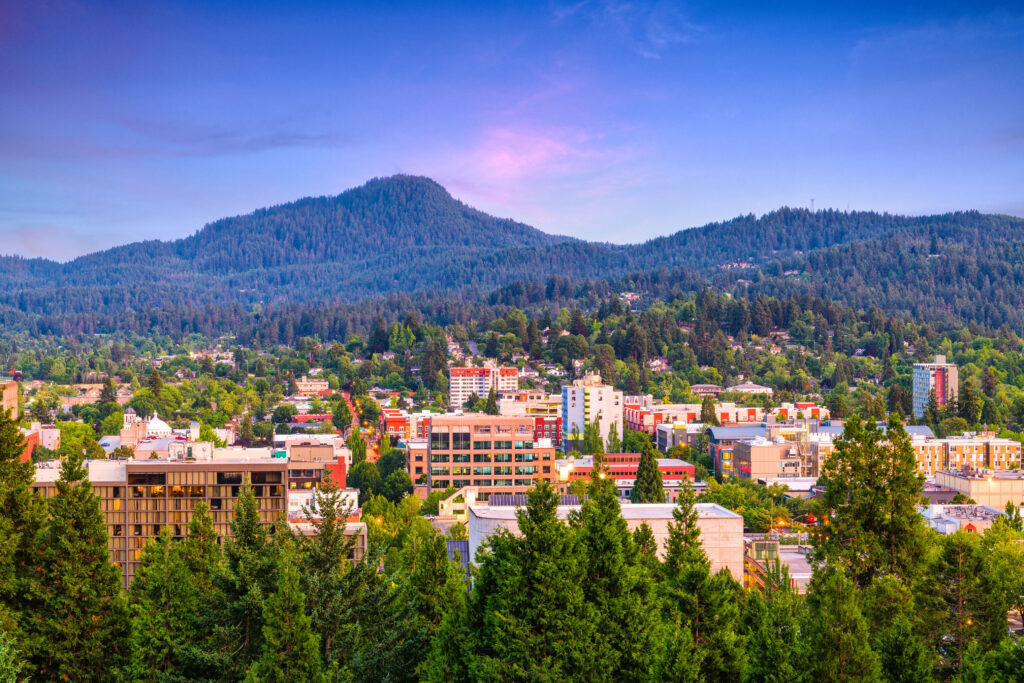Through the adoption of the Climate Recovery Ordinance (CRO) and the original Climate and Energy Action Plan, the City of Eugene’s elected and administrative leadership has made it clear that climate change is a top strategic priority. Parametrix (previously as Good Company) and a communications partner, Drawn, developed and facilitated the process of the 2018 CAP2.0 update. We developed the process for an adaptation plan to prepare for future physical conditions as well as a set of strategies to mitigate community, government, and household emissions. We designed and managed the technical working groups of implementation partner agencies and organizations to develop strategies for both carbon mitigation and climate adaptation needs. For each meeting, Parametrix staff provided fundamental education on what the City would experience in the future as well as explaining the community carbon footprint of current activities. We scaled for greenhouse gas reductions that highlighted the gap between planned policies and the Climate Recovery Ordinance. Additional analysis for City-specific plans highlighted triple bottom line benefits with a focus on social equity impacts. We preparedan analysis of potential activities to fill the gap, as well as outreach materials to share with community members highlighting opportunities for household mitigation. We also helped the City to draft the plan, which was reviewed by City Council and the Eugene community through a public outreach campaign.
The City Council and senior administrators needed to understand the context in their community for the potential to develop programmatic efforts to support the transition to zero carbon buildings. Parametrix staff developed an inventory of buildings for each sector based on existing data in varying information platforms and determined the type of energy systems used based on the development years, utility data, building permit data and varying housing support groups. With a clear characterization of the building types and the previously performed community greenhouse gas inventories, our team was able to model the emissions from each sector and show where the greatest problems lie in a conversion program to (mostly electrify) decarbonize these buildings. Our team studied technologies, financial vehicles and incentives, conversion costs and programmatic approached to making the conversion accelerate. The results provided some surprises – first that single family homes had the largest carbon footprints – only beaten out by trailers and mobile homes. For commercial buildings, we found that food cooking was so large that it out scaled local industries’ footprints. Finally, we were able to show the costs of total conversion and the before and after estimates of greenhouse gasses. The ultimate result was a mix of support efforts and a retracted effort to regulate natural gas in buildings.


